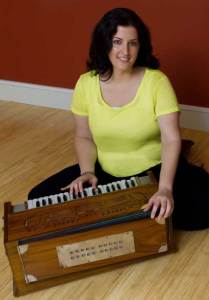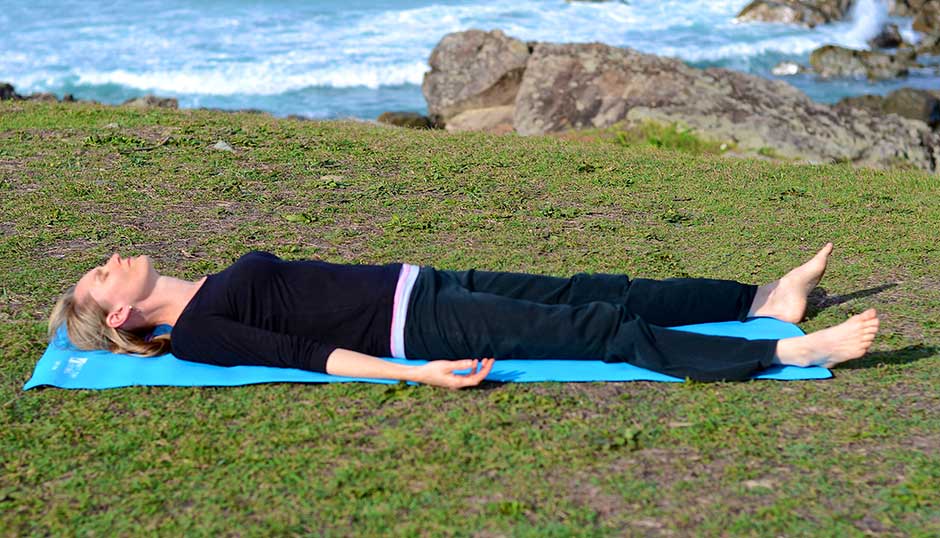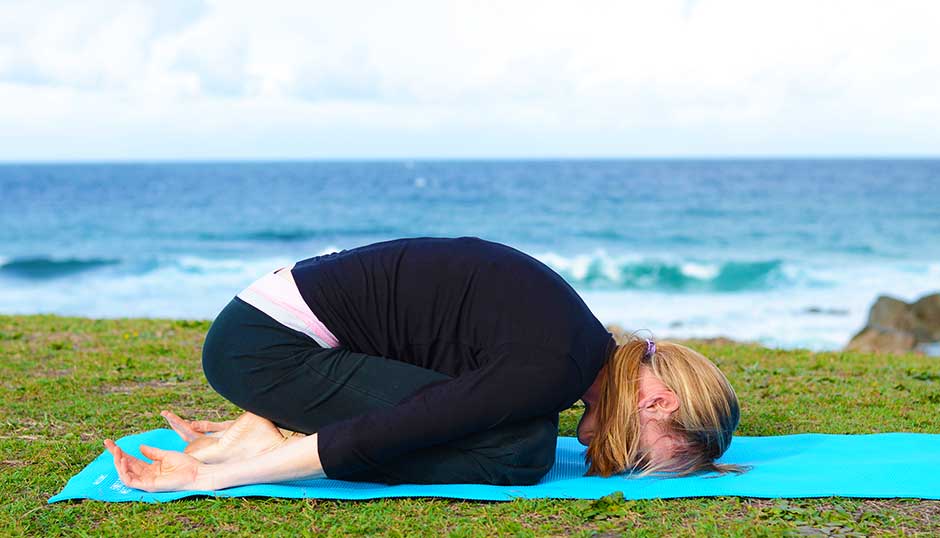Today I am interviewing Chantelle from ASMY West End. Chantelle is a yoga teacher who gives a very relaxing, meditative asana class. Her class includes a wonderful mix of meditation, relaxation, pranayam and kirtan.
Q: Namaste, can you name some yoga practices that help support the nervous system?
Chantelle: Yoga meditation and yoga relaxation. I also like a pranayama exercise called brahmari breathing or the humming bee breath.
Q: How do they help?
Chan
telle: Focusing on sacred Mantras allows you to rest your heart and mind fully. Man means mind and tra means to draw away, so these sacred mantras actually draw your mind and heart away from stress and agitation in daily life, allowing you to fully
rest in that transcendental sound vibration leaving you feeling peaceful, rejuvenated and happy.
Yoga relaxation is critical to the function of the nervous system as it induces the relaxation response. Sometimes, towards the end of the class, when we have finished the asanas, people sometimes get up and leave before savasana, but actually it’s an integral part to yoga practice because it activates the parasympathetic nervous system and allows energy to really circulate around the body in a very fluid way. It lets the new status quo in the body take hold by reinforcing in the body and mind the work we have just done in the class. You take the body through an up-and-down ride in various poses in the class and yoga relaxation then both reinforces and settles everything, it helps you hold onto the body-mind changes you are making.
It’s like the little figurine in the glass dome, you shake it up and then allow the glitter inside to settle. Similarly, with yoga asanas the energy flow,the increase in oxygen as well as the release of toxins, is all “shaken up”, and yoga relaxation settles it down. Then everything can assimilate into a new sense of calm, focus, clarity and peace. There is a total release of tension in all the body and that allows all the body systems to function as well as possible.
Brahmari breathing, the humming bee breath, is a vibration that is brought to the body, on the exhalation through the throat. It brings nutrients, calmness, and an awareness to the throat, helping keep it disease free. It’s good for the thyroid gland and helps the voice to be strong too. By increasing the pitch so the vibration is in the forehead area, the focus shifts. This focused vibration then helps keep the eyes strong, the sinuses decongested and it also connects with the pituitary gland to support it. In brahmari breathing we also lower the vibration so it rests in the sternum too.
Q: What yoga asanas do you incorporate in your classes that are grounding and nurturing for the nervous system?
Chantelle: Any kind of forward fold, they are good for the mind, it could be a standing forward fold or a seated forward fold, which are good for fatigue as well. Child’s pose has the ultimate sense of grounding because the head rests on the ground, the heart/chest area may be in contact with the ground, and you are completely surrendered to the pose. It can be a time for introspection also. Down dog is also grounding because it is a little inversion, taking the blood to the head whilst taking the pressure off the body, providing relief.
Q: Is there anything you’d like to add?
Chantelle: I always start my yoga asana class with a pranayama. It really sets the pace for my class. It is grounding and helps people focus and prepare the body for what is going to happen for the next hour, nourishment for the body. Adding pranyama means we are starting to work on the central nervous system before the class proper. People are rushing to get to the class, trying to find a car park or feeling stressed so we do this to help them connect with the breath that is the foundation for the class. Yoga and the breath are intimately linked, and by not breathing properly there will be tension in the body instead of being relaxed.
The grounding poses affect the body and mind because they help to slow down our breath rate, relax the muscles, and lower the blood pressure. The poses manipulate the body in such a way that these effects start to happen, for example in child’s pose. Twists are nice for the central nervous system also; the spinal movement stretches all the back muscles, lengthens the spine and hydrates spinal discs. Holding a deep long supine twist and releasing helps release toxins, it’s like a pump or say, wringing out a dirty rag, and then a whole lot of blood is flushed into that area. So, towards the end of a class we do more seated poses as a way to bring the body down after its work in the class, and as yoga relaxation is a key part of helping the central nervous system, we then move into savasana pose ready for yoga relaxation and bringing that feeling of total release.
By Alexandra


